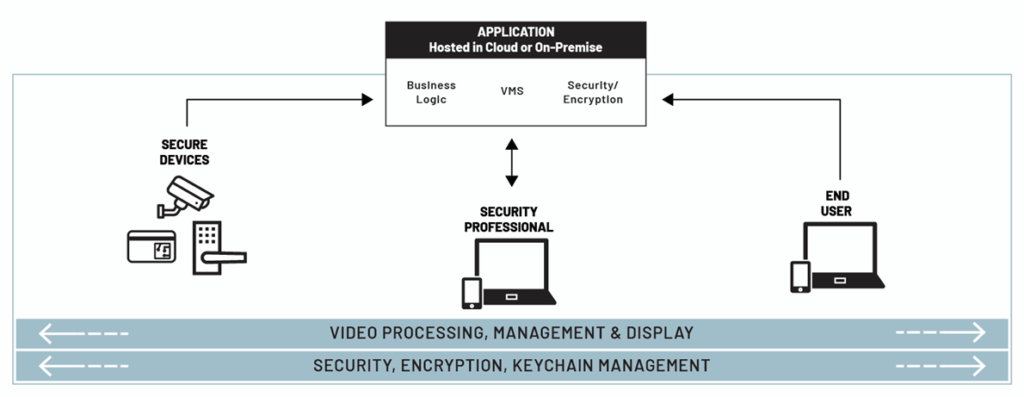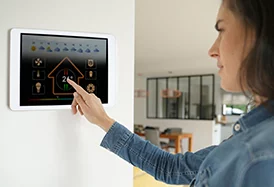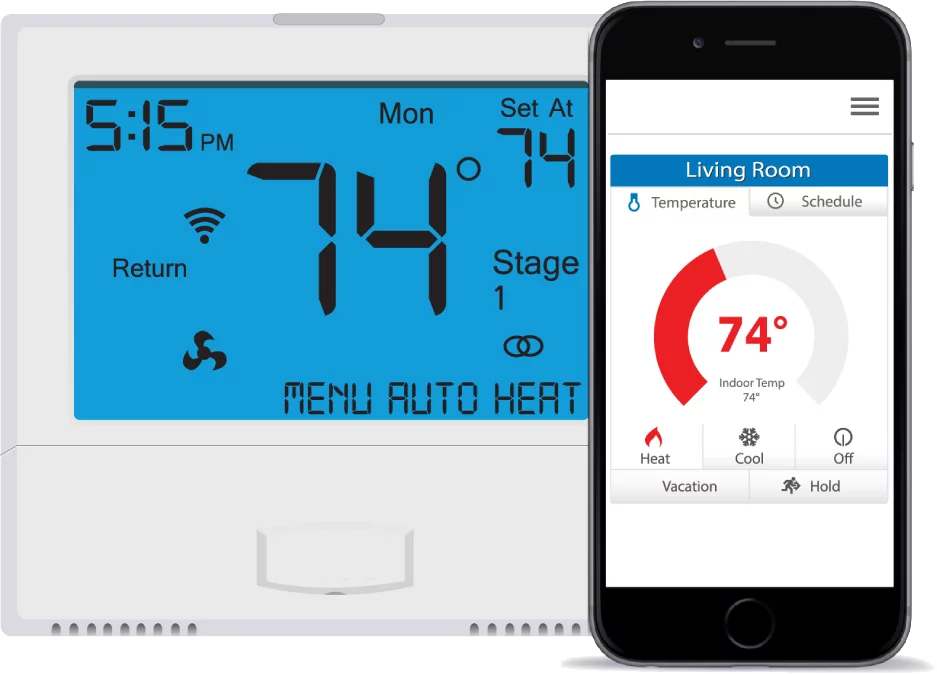 When a leading developer of complete enterprise physical security solutions (including access control, video surveillance, and event monitoring) asked us to develop their mobile experience, we were excited to help as access control touches a number of our core competencies.
When a leading developer of complete enterprise physical security solutions (including access control, video surveillance, and event monitoring) asked us to develop their mobile experience, we were excited to help as access control touches a number of our core competencies.
Access Control Solution Mobile App Development
Initially, our UX/UI team walked the client through the strategic design process to identify key workflows and design the core UI elements. Both the UX/UI and mobile app development teams collaborated in designing and developing comprehensive mobile phone solutions.
While Cardinal Peak has worked in all aspects of access control systems, this particular project was focused on the end-user app and the security professional app as shown in the following figure. In developing these two apps, we were responsible for video playback as well as using best practices to manage security.

Tracking Via Bluetooth Beaconing
BLE beaconing was used to provide an innovative tracking feature. The backend services were provided by our customer. HID’s BLE mobile access was also integrated into the system so that users could use their mobile devices with the physical access control equipment instead of carrying a FOB.
Our team redefined mobile access control through the integration of innovative features like BLE beaconing and seamless playback, enhancing security management and the overall user experience.
Developing the End-User’s Access Control Mobile App
The end-user app was the simpler of the two apps we developed. The basic functionality of this app included: 1) basic credentials, 2) registration in the system, 3) access control credentials, 4) mustering features, and 5) requests of help/escort.
Engineering the Security Professional’s Mobile App
For the security professional, our client wanted to build a mobile solution that allowed the security professional to monitor their building while he or she was on the move. This meant that the mobile security officer could control all doors and passageways from one app including watching live or recorded video from any access point.
Playing Back Live and Recorded Video in the App
We developed the app to support playback of both live and recorded video in multiple video formats. GStreamer was chosen for video playback, as it is highly customizable and supports both Android and iOS. Cardinal Peak developed custom GStreamer pipeline plugins in order to support the customer’s proprietary video formats and integrated the resulting GStreamer code into React Native to produce a custom cross-platform video player.
Both apps were developed using cross-platform React Native. Both apps are available for Android and iOS. Using React Native reduced the initial development effort as well as reducing long term maintenance and feature enhancement costs. While Cardinal Peak continues to develop native Android and iOS apps for some customers, we strongly recommend React Native to most customers building new apps.
Beyond the mobile app development, Cardinal Peak provided end-to-end system QA testing. If you are looking for mobile app development and physical security product development, reach out to discuss your project with our experts.



